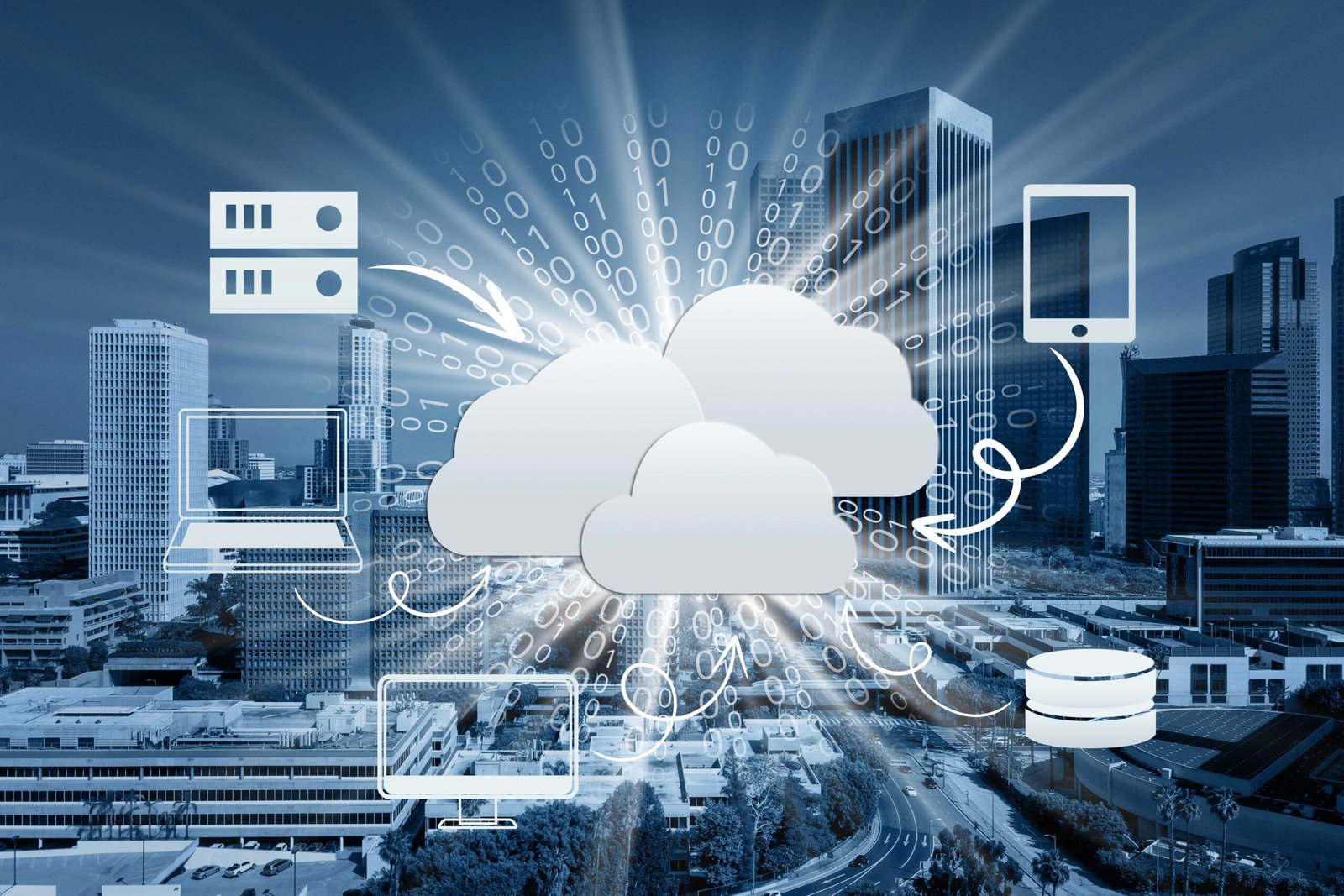Introduction to Weather Tech
Weather Tech is a term for new technology that help us keep an eye on, predict, and understand weather trends. There are several tools that make it work, like as satellites, radar systems, AI-based forecasting models, sensors, and mobile weather apps. Weather tech is a big part of daily life in 2025. It helps with everything from managing disasters and farming to keeping people safe and arranging trips.
Weather technology affects every industry by making forecasts more accurate, sending out alerts on time, and letting people make decisions based on data. Weather tech gives you important information at the correct time, whether you’re planning a trip, maintaining a farm, or taking care of a city’s infrastructure.
Background of Weather Technology
The Evolution of Weather Tech
People started watching the weather with simple equipment like barometers and wind vanes. It grew into complicated systems throughout time:
- 1960s: Launch of the first weather satellites
- 1980s: Widespread use of Doppler radar
- 2000s: Integration with phone devices and applications.
- 2020–2025: AI, IoT, and real-time data have changed how accurate forecasts.
Components of Modern Weather Tech
- Satellites and Radar Systems: Capture live imagery and measure precipitation
- IoT Sensors: Collect hyperlocal weather data (e.g., wind, humidity, air quality)
- AI Algorithms: Predict and simulate weather changes
- Mobile Applications: Deliver user-specific forecasts and alerts
Why Weather Tech Is Crucial in 2025
Growing Demand for Accurate Forecasting
More and more often, extreme weather is happening. Now, people need accurate early warnings for floods, heat waves, wildfires, and blizzards.
Application of Weather Tech in Different Fields
Agriculture
Smart farming uses hyperlocal forecasts to determine irrigation cycles, pest control, and harvesting times.
Public Safety & Health
Weather alerts help keep people safe during natural disasters and get health services ready for diseases caused by the weather.
Logistics & Aviation
Weather technology helps the shipping and airline businesses find the best routes and keep an eye on safety.
Smart Cities & Infrastructure
Traffic, sewage, and emergency plans are all managed by urban planners with the help of weather data.
How Weather Tech Affects Modern Technology
Weather tech powers AI-based forecasting, which makes it easier for businesses to make decisions in real time.It changes how farmers do things by using smart irrigation and crop security systems.Weather technology is currently used by disaster management systems to reduce losses of life and money.To design communities that can handle climate change, urban planning includes weather forecasting.
Weather Tech is a term for new technology that is used to track, predict, and learn from weather patterns. It has a lot of different instruments, like satellites, radar systems, AI-based forecasting models, sensors, and mobile weather apps. In 2025, weather technology is a part of everyday life, from organizing trips and keeping people safe to managing disasters and farming.
Weather tech affects all industries by making forecasts more accurate, sending out alerts on time, and letting people make decisions based on data. Weather tech gives you important information at the correct time, whether you’re planning a trip, maintaining a farm, or taking care of a city’s infrastructure.
Challenges in Weather Tech Implementation
Data Gaps and Coverage Limitations
Lack of infrastructure still makes it hard to get data in remote places.
Limitations in Long-Term Forecast Accuracy
Because of the turbulent nature of the atmosphere, it’s still hard to make predictions more than 7 to 10 days in advance.
Inaccessible Weather Tools
Forecasting tools are either hard to use or not available in local languages.
Limited Integration in Developing Nations
The lack of government funding and technology infrastructure makes it harder to deploy.
Step-by-Step Solutions to Overcome Weather Tech Challenges
Solution 1 – Expanding Data Coverage
Use of Nano-Satellites and Drones
Using low-orbit satellites and drones to get data from rural areas in real time.
IoT Expansion
Local sensors and smart devices feeding data into central forecasting systems.
Solution 2 – AI-Based Forecasting Models
Hybrid Learning Algorithms
Using both historical data and real-time inputs to make forecasts more accurate.
Climate-Specific Simulation
Tailoring algorithms to regional climate behavior.
Solution 3 – User Accessibility
Voice-Powered Weather Reports
Using voice assistants to deliver weather reports in local languages.
Visual Forecast Interfaces
Icons and imagery to simplify understanding for all age groups.
Solution 4 – Global Collaboration
Data Sharing Networks
Agencies sharing datasets across borders to improve global accuracy.
Government-Funded Tech Initiatives
Grants to help planners in cities and towns use weather technology.
Key Improvements in Weather Tech (2020–2025)
Introduction of Nowcasting
AI can now accurately predict weather changes over the following 1 to 3 hours more than 90% of the time.
Weather-as-a-Service (WaaS)
APIs that can be tailored to fit the needs of businesses in agricultural, aviation, and logistics.
Augmented Reality in Forecasting
Apps that use AR let users see storms or patterns of rain.
Sustainable Weather Stations
Self-powered and eco-friendly systems offer long-term data collection in all terrains.
Why Weather Tech Ranks High on Google in 2025
SEO Strategies Driving Visibility
Real-Time Updates
Users prefer platforms offering dynamic weather feeds and hyperlocal information.
Mobile Optimization
Weather platforms are now optimized for faster loading and geo-specific content.
Value-Driven Content
Detailed, actionable weather content keeps users engaged and returning.
Conclusion: The Importance of Weather Tech
Weather tech will be necessary for survival, work, and planning in 2025. It has changed from simple forecasts to AI-powered simulations, making it one of the most important technological developments of our time.
As weather patterns become more complicated, the need for accurate, easy-to-find, and up-to-date forecasts grows. To keep safe and informed, people, corporations, and governments all need to use this technology.
FAQs About Weather Tech
1. What is weather tech?
Weather tech includes satellites, AI, sensors, and applications that help keep an eye on the weather and make predictions about it.
2. How does AI help in weather forecasting?
AI looks for patterns in huge datasets and makes very accurate predictions.
3. Can weather tech prevent disasters?
It enables early warnings that help evacuate and prepare communities in advance.
4. Is weather tech accessible to all regions?
Even people who live in rural locations may get reliable weather updates thanks to mobile and cloud technologies.
5. How is weather tech used in agriculture?
It tells farmers when to plant, how much water their crops require, and what kinds of bad weather could happen.
6. What are the most innovative weather apps in 2025?
Windy, Tomorrow.io, and IBM Weather Channel are some of the best apps that use AI to power their features.
7. Why is ‘weather tech’ trending on Google?
Weather tech is a trendy search term around the world because of rising worries about climate change and the need for real-time forecasts.
Meta Title: Weather Tech 2025: Complete Guide & Solutions
Meta Description: Discover the future of weather tech in 2025. Explore its evolution, challenges, solutions, and why it’s trending on Google. FAQs, insights, and expert answers included.
Tags/Keywords: weather tech, weather forecasting 2025, AI in weather, weather technology guide, weather prediction tools

